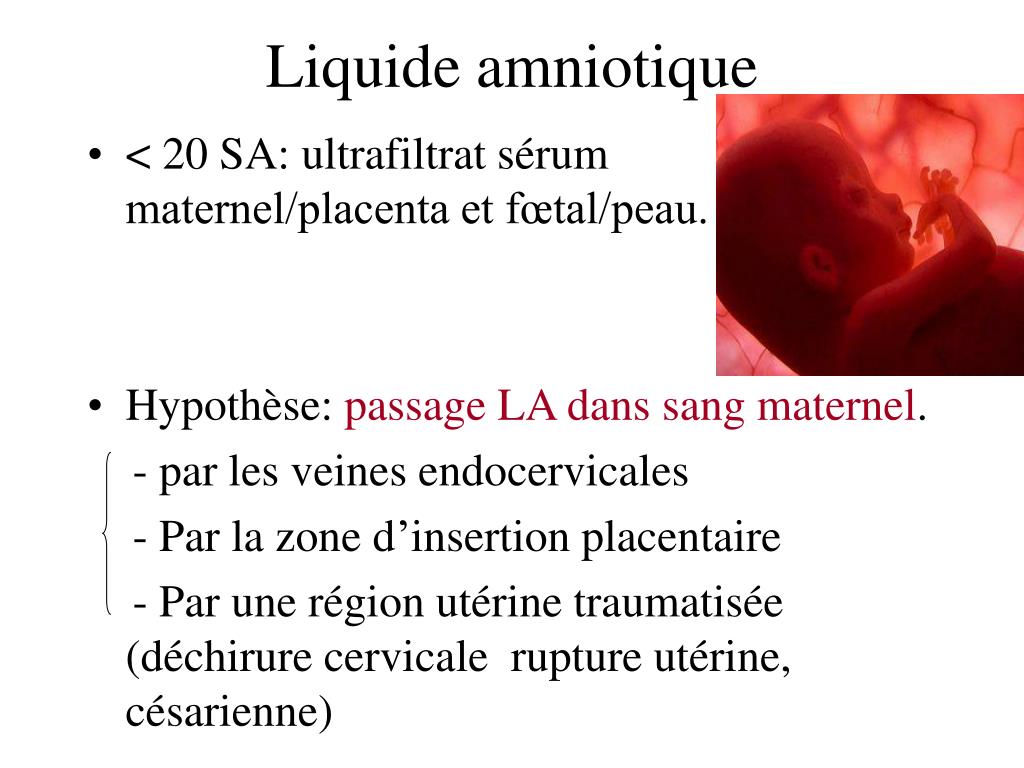
This results in diagnosing different subgroups of patients. showed that Japan criteria had a medium agreement with that of the UK (k = 0.538) and the USA (k = 0.453). However, the diagnostic criteria vary among nations as listed in Fig. It is defined by its fundamental features of sudden onset of cardiopulmonary arrest, consumptive coagulopathy, atonic bleeding, acute hypoxia, seizures, disturbed consciousness, acute hypotension, without other explainable illnesses or underlying diseases. However, the outcome prediction of AFE remains challenging.ĭiagnostic criteria for amniotic fluid embolism and incidenceĪFE was first described in 1926 by Meyer and recognized widely in 1941. Adequate oxygenation, ventilation, coagulopathy correction, and appropriate vasopressors are recommended. Management of AFE requires immediate basic life support and advanced cardiac life support. Some of the useful biomarkers have been proposed including zinc coproporphyrin-1, squamous cell carcinoma antigen, carcinoembryonic antigen, cancer antigen 125, Siatyl Tn, monoclonal antibody TKH-2, C3, C4, tryptase, insulin-like growth factor binding protein-1, C1 esterase inhibitor.

Some of the possible risk factors for AFE include 1) Maternal risk: age over 35 years, hypertensive disorder and diabetes mellitus 2) Fetal risk: polyhydramnios, multiparity, non-vertex at delivery, fetal distress and fetal macrosomia 3) Obstetric risks: amniocentesis, artificial amniotic fluid injection, oxytocin infusion, and placental abruption. Maternal pulmonary vasospasm and hematologic activation occur later, followed by heart failure and sudden cardiovascular collapse. The current understanding of AFE pathophysiology includes fetal components obstructing maternal microvessels with subsequent anaphylactoid reaction. The incidence varies from 1.7-14.8 cases per 100,000 worldwide. Summary: Amniotic fluid embolism (AFE) is a rare catastrophic obstetric condition defined by clinical manifestations of pregnancy with sudden onset of cardiopulmonary arrest, consumptive coagulopathy or neurological deficits without other explainable illnesses. Original research, case reports, guideline recommendations, and review articles were reviewed in this study.

Study design: A systematic literature review was performed using the PubMed database, restricted to articles published in English from 1992 to 2018. Objective: This article aims to review and provide more understanding of current knowledge of amniotic fluid embolism regarding pathophysiology, diagnostic criteria, risk factors, indicating biomarkers, treatment strategies and outcomes of some case reports.


 0 kommentar(er)
0 kommentar(er)
